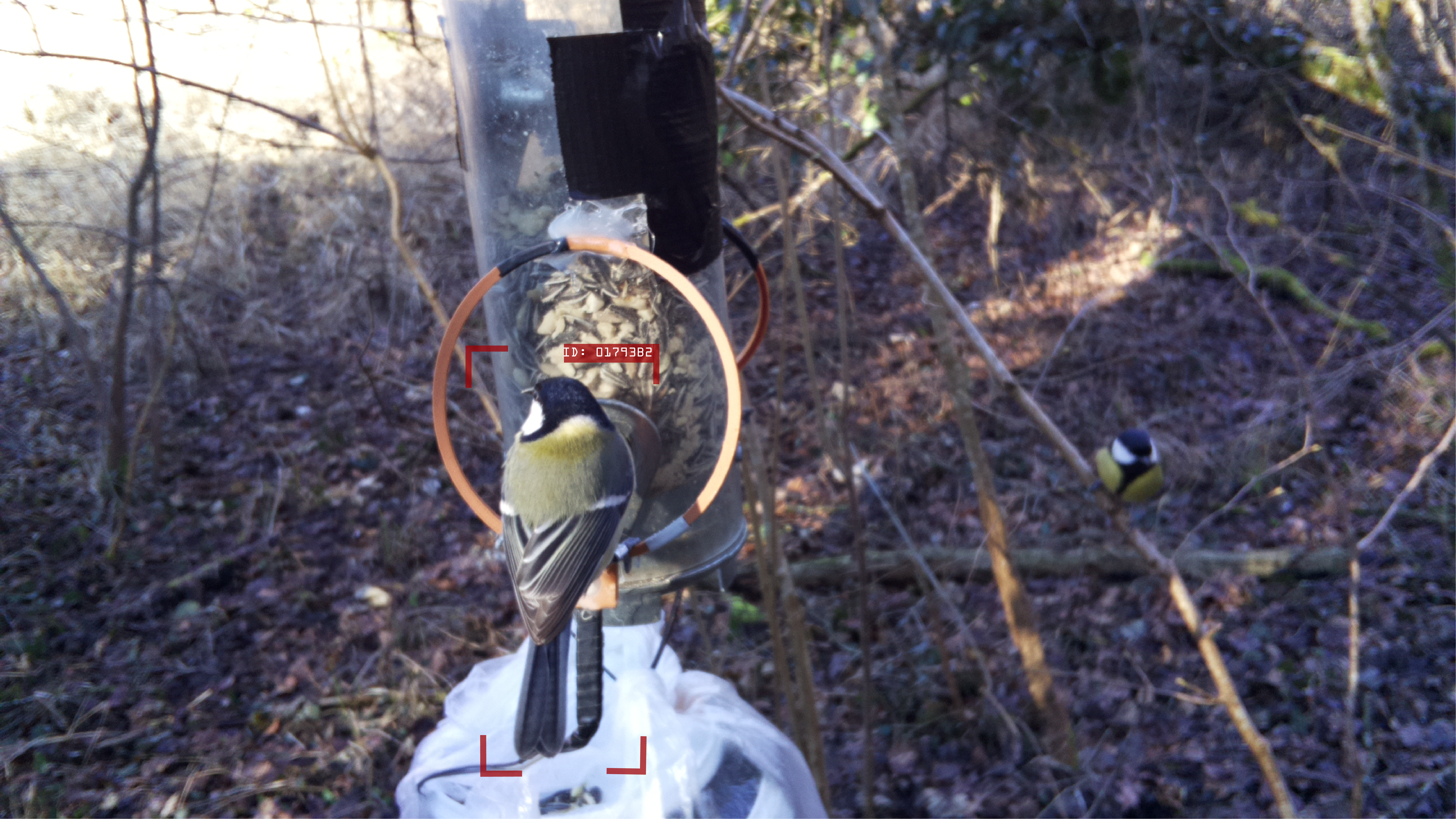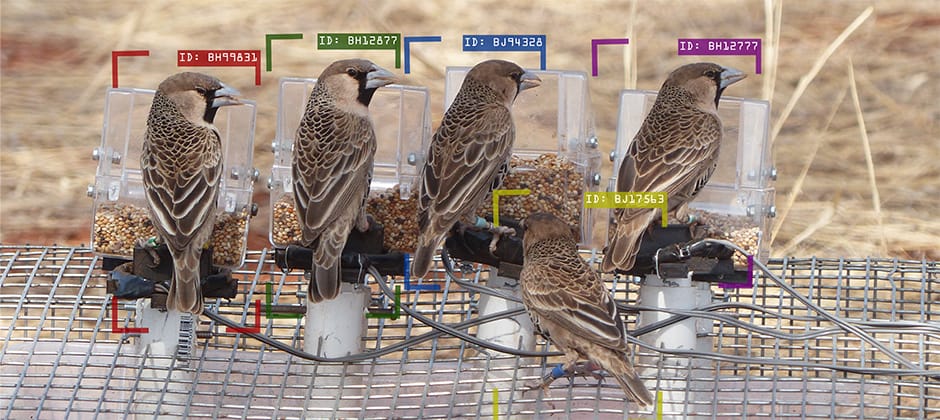Share this article
Artificial intelligence can identify individual birds
Studying sociable weaver birds in South Africa, André Ferreira found himself bogged down by how tedious and time consuming it was. The species gathers in colonies, where the birds work together to build their nests. Ferreira didn’t have that kind of help. He sat underneath the colony for hours collecting data on the behaviors of 200 tagged birds. He and his colleagues wanted to know more about the social benefits and negatives associated with their nest-building behavior, but color-coded leg bands weren’t doing the trick.
So Ferreira and his colleagues turned to artificial intelligence to speed up the identification process.
“I thought first to record the colonies and then see the colorings of the birds in the videos,” said Ferreira, a PhD student at the University of Montpellier in France. “But that was also time consuming and very hard to do. But with human facial recognition in smart phones and security companies, the same concept could be applied to animals.”
Ferreira was lead author on a paper describing their process published in Methods in Ecology and Evolution.
The researchers needed large datasets to train computers to recognize individual birds. “The way artificial intelligence works is similar to the way that our brain learns stuff,” he said. Like people, the computer relies on repetition, using a series of photos labeled based on the birds’ identity to figure out how to discriminate between them and determine which individual is which.

A computer can individually identify birds like this great tit.
Credit: André Ferreira
“You have to collect a huge amount of pictures to train the computers,” he said.
In order to collect those large training datasets, Ferreira and his colleagues built camera traps that work alongside PIT tags, small radio transponders with specific codes that the researchers placed on the birds. Each time a tagged bird arrived at a feeding station, it triggered the camera to take a photo, which was immediately labeled based on the code’s specific tag. “It can automatically collect labeled pictures of the same bird to build these huge training datasets,” he said. “This is the major contribution of this work.”
Ferreira and his colleagues then tested the success of the technique on sociable weavers (Philetairus socius) as well as great tits (Parus major) and zebra finches (Taeniopygia guttata). Because the birds still carried color bands on their legs, the team was able to record the birds outside of the PIT tag feeding station. Assuming that humans detect individuals at 90 to 95% accuracy, they compared it with the computer’s success. The computer was able to reach 90% efficiency for sociable weavers and great tits. Zebra finch detection was a bit lower, at 87%. “Basically, what we did was a proof of concept that showed that it worked,” Ferreira said.
Now, they hope to improve the models to 95% accuracy. They are also working on training the computer to identify individuals that the computer doesn’t have reference material for. “In order to make models that can work in truly open populations, we have to gather training datasets for thousands of thousands of individuals,” he said. They hope to obtain information from 5,000 individuals of great tits to train a computer to identify individuals in open populations.
“My hope is that first, it will make the job of the researcher much, much easier, because you can spend less time in the field looking at the animals and less time in the laboratory analyzing video recordings, because the computer can do that work for you,” he said. “Researchers can spend more time thinking about questions their interested in rather than extracting the data.”
Artificial intelligence could also be a less invasive way to identify animals than tagging them, Ferreira said. “We could go to any population of a specific animal and study them without the need to ever capture them.”
Header Image: A group of sociable weavers at an artificial feeder. The bounding boxes and the alphanumeric codes illustrate the individual identification performed by the computer. Credit: André Ferreira and Cecile Vansteenberghe








